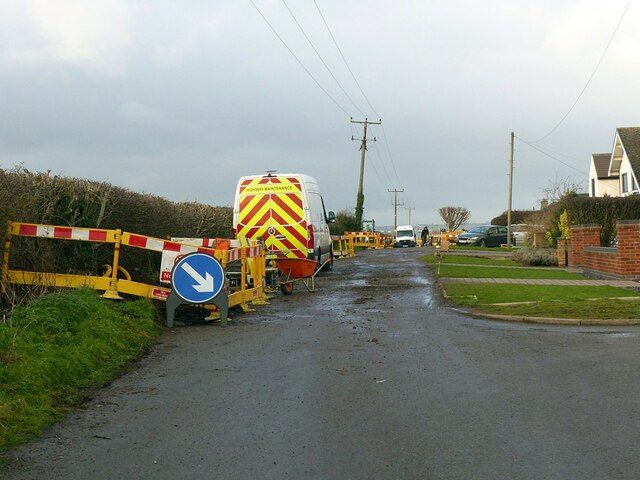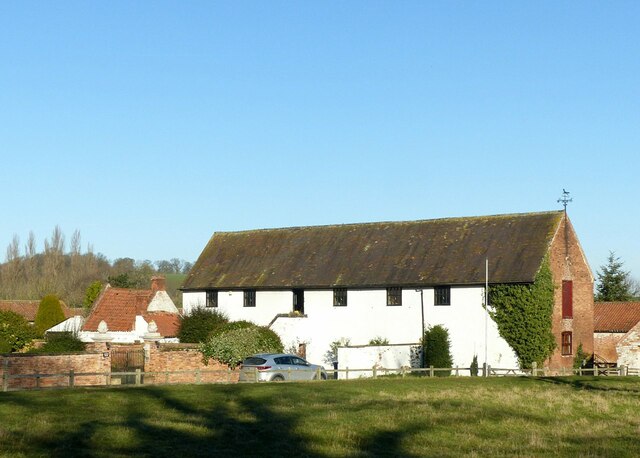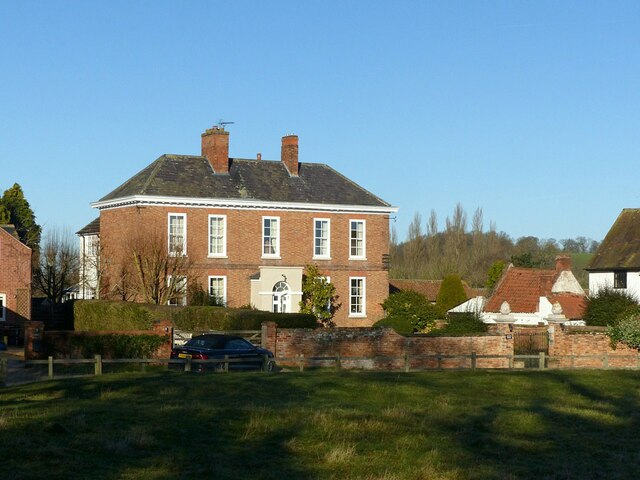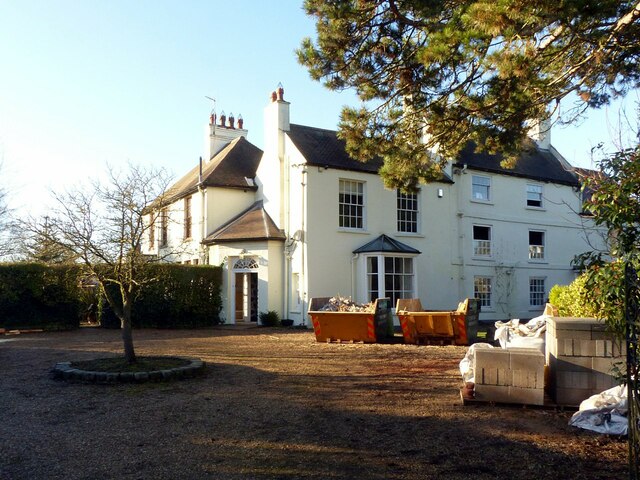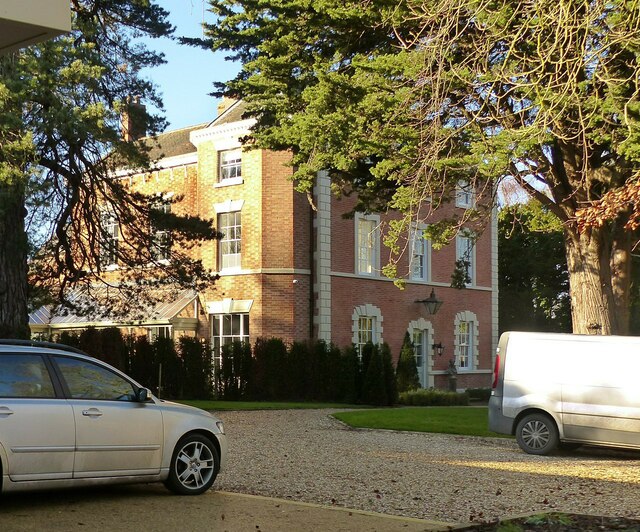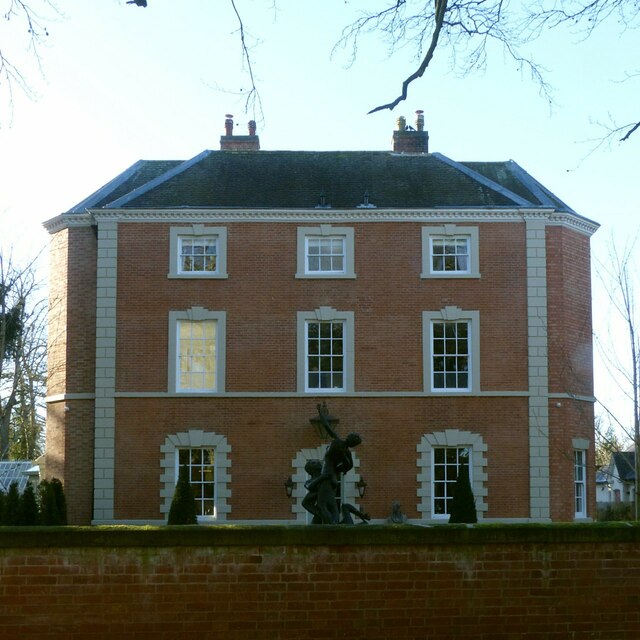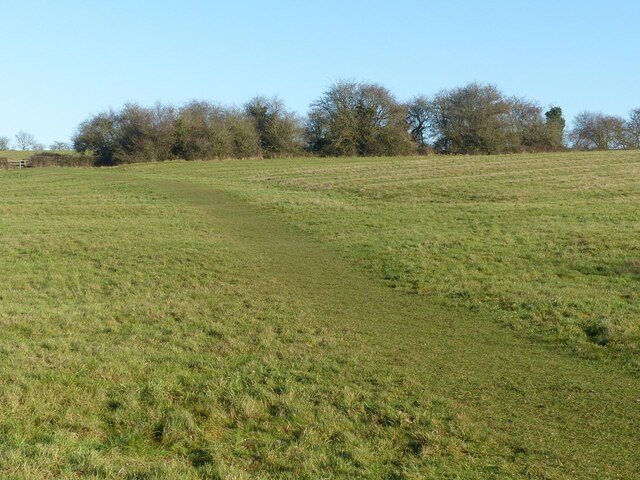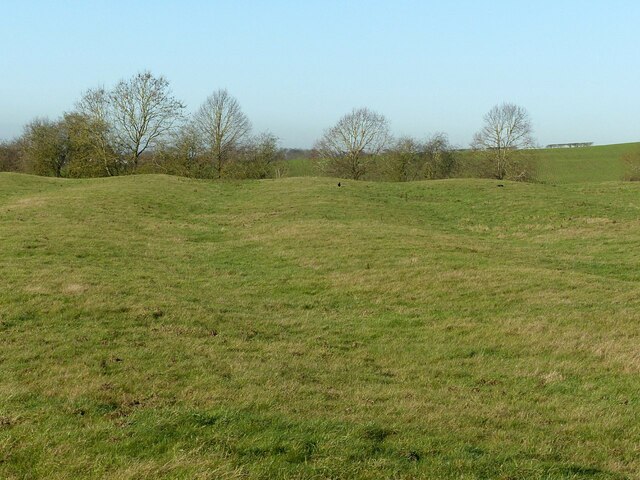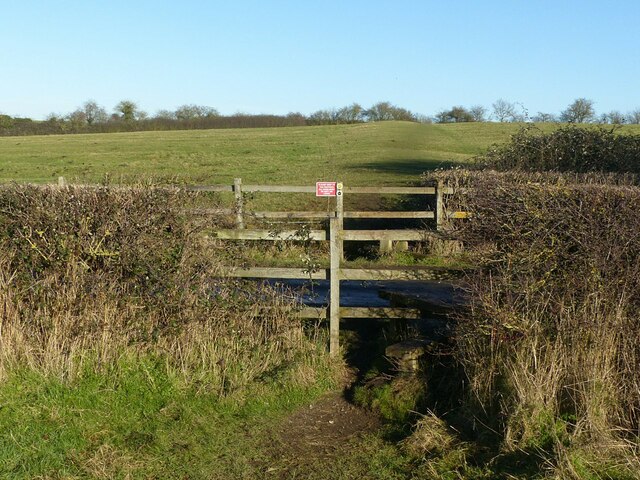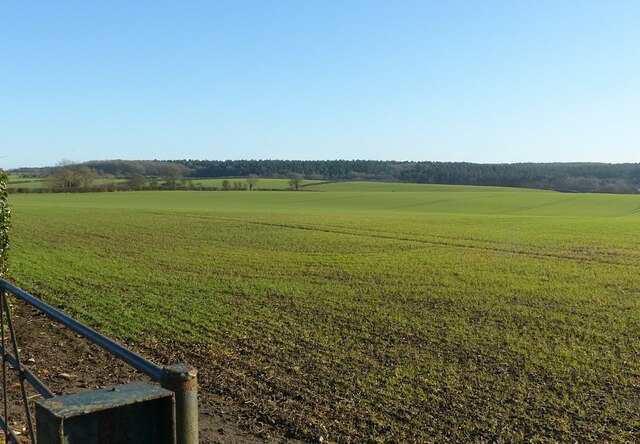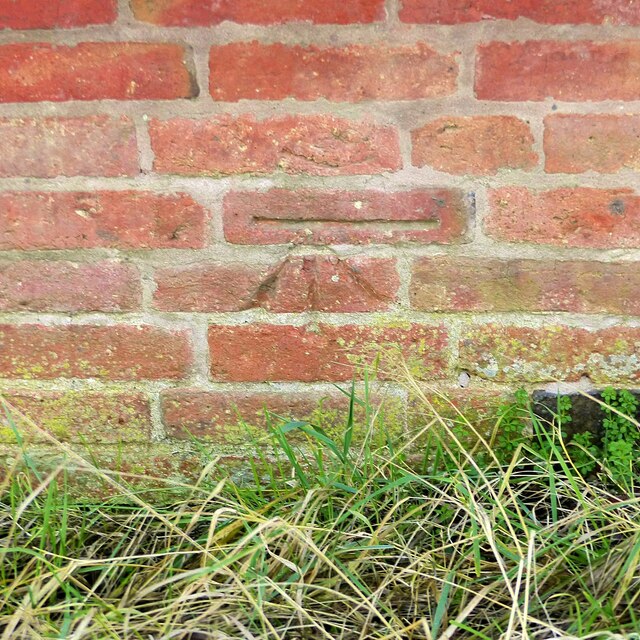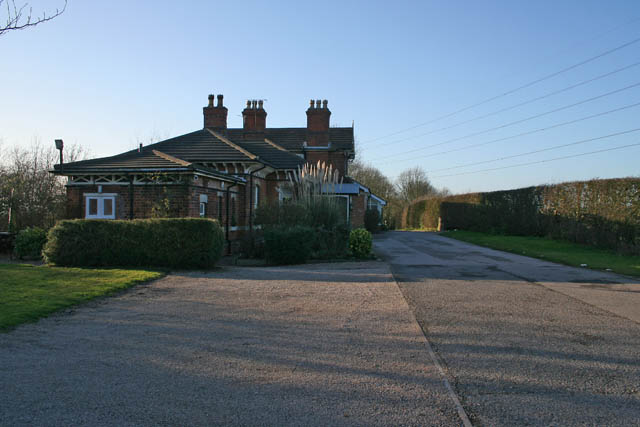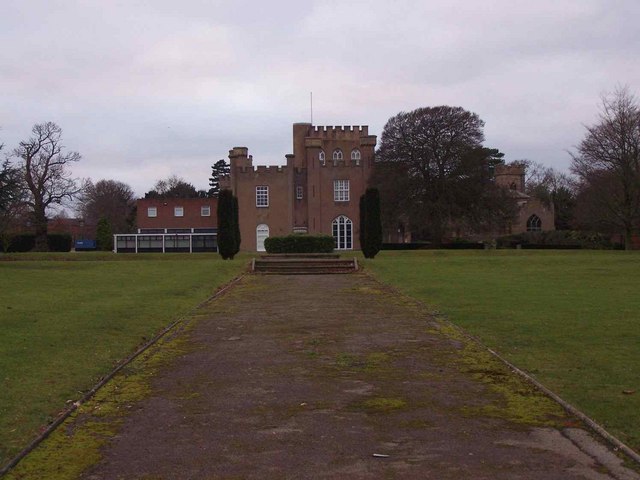Grange Plantation
Wood, Forest in Nottinghamshire Rushcliffe
England
Grange Plantation
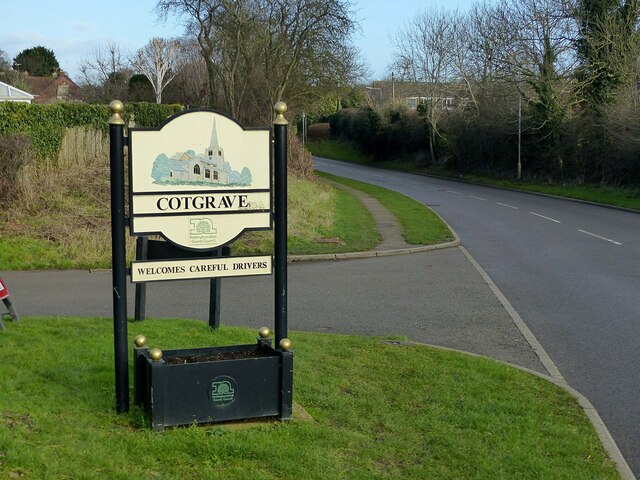
Grange Plantation, located in Nottinghamshire, England, is a picturesque woodland area situated within the larger Sherwood Forest. Spanning over 500 acres, it is known for its diverse flora and fauna, providing a haven for numerous species of plants and animals. The plantation is primarily composed of deciduous trees, including oak, birch, and beech, which create a vibrant and ever-changing landscape throughout the seasons.
The woodland is intersected by a network of well-maintained footpaths, enabling visitors to explore the plantation and admire its natural beauty. These paths wind through ancient trees, allowing glimpses of the sunlight filtering through the dense foliage, creating a tranquil and enchanting atmosphere. The plantation is also crisscrossed by small streams and brooks, adding to the overall charm and providing a water source for the local wildlife.
Grange Plantation is home to a rich variety of wildlife, from small mammals like badgers and foxes to a plethora of bird species. It is a popular destination for birdwatchers, who can spot woodpeckers, owls, and various migratory birds throughout the year. In addition, the plantation supports a diverse range of insects, including butterflies and beetles, making it an ideal location for entomologists and nature enthusiasts.
The plantation is managed by local authorities in collaboration with conservation organizations to ensure the preservation of its ecological integrity. Efforts have been made to maintain the natural balance of the woodland, allowing it to thrive as a habitat for a wide range of species. Grange Plantation offers a peaceful retreat for visitors seeking solace in nature and serves as a valuable ecological resource in the Nottinghamshire region.
If you have any feedback on the listing, please let us know in the comments section below.
Grange Plantation Images
Images are sourced within 2km of 52.892063/-1.0579823 or Grid Reference SK6333. Thanks to Geograph Open Source API. All images are credited.
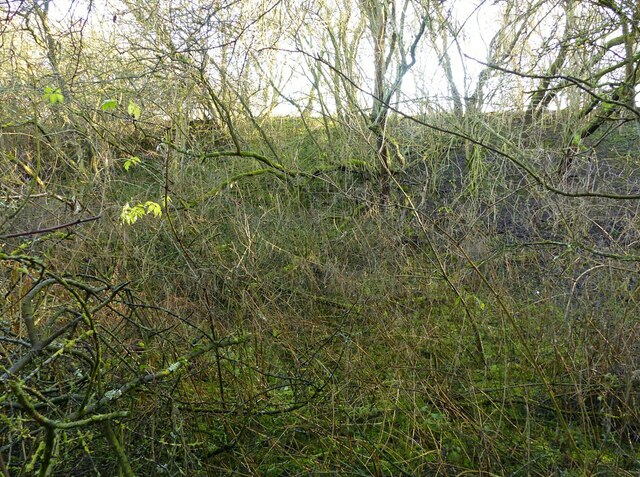
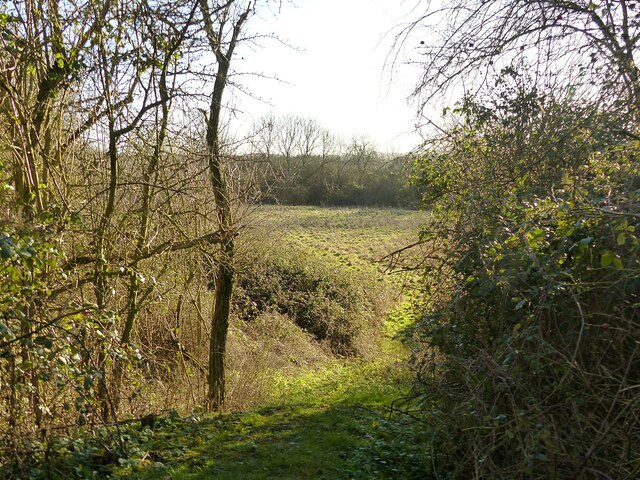
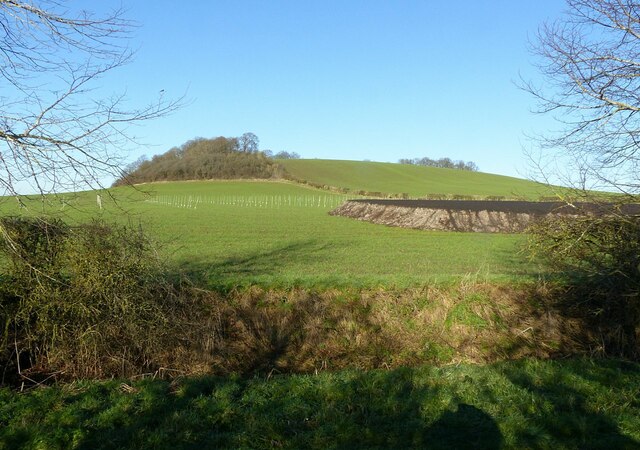
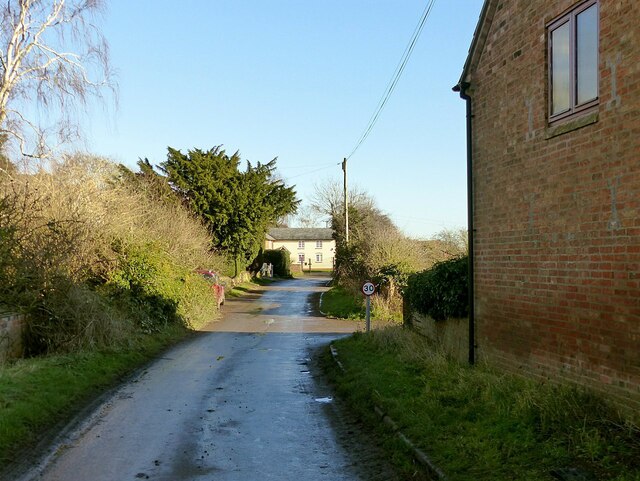
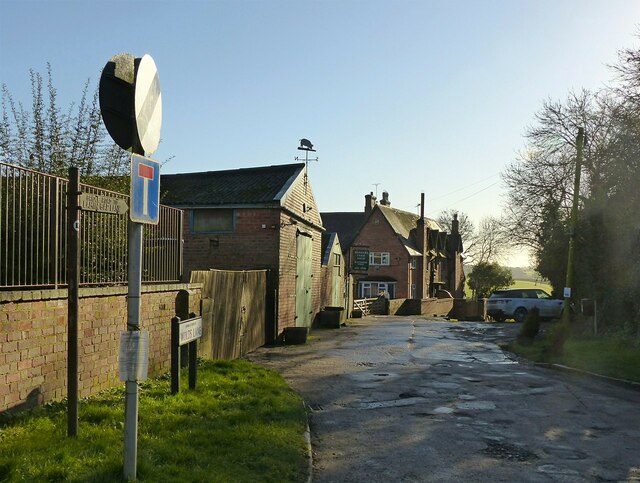
Grange Plantation is located at Grid Ref: SK6333 (Lat: 52.892063, Lng: -1.0579823)
Administrative County: Nottinghamshire
District: Rushcliffe
Police Authority: Nottinghamshire
What 3 Words
///airliners.sober.hairspray. Near Cotgrave, Nottinghamshire
Nearby Locations
Related Wikis
Clipston, Nottinghamshire
Clipston, or Clipston on the Wolds, is a small English village and civil parish in the south Nottinghamshire district of Rushcliffe. It lies between Cotgrave...
Rushcliffe
Rushcliffe is a local government district with borough status in south Nottinghamshire, England. Its council is based in West Bridgford. The borough also...
Normanton-on-the-Wolds
Normanton-on-the-Wolds is a small village in Nottinghamshire, England. Population in 2011 was 245. Acreage 1053. == Overview == The name "Normanton" (Norwegian...
Plumtree railway station
Plumtree railway station served Plumtree in the English county of Nottinghamshire, on the Nottingham direct line of the Midland Railway between London...
Church of St Mary the Virgin, Plumtree
The Church of St Mary the Virgin, Plumtree is a parish church in the Church of England in Plumtree, Nottinghamshire. The church is Grade II listed by the...
All Saints' Church, Cotgrave
All Saints’ Church is a Grade I listed Church of England parish church in the Diocese of Southwell and Nottingham in Cotgrave. == History == The church...
St Hugh's College, Tollerton
St Hugh's College (also referred to as Tollerton Hall and Roclaveston Manor) was a Roman Catholic minor seminary in Tollerton founded by the Diocese of...
St Peter's Church, Tollerton
St. Peter's Church is a Grade-II listed church located in Tollerton, Nottinghamshire, England. == History == There has been a church in Tollerton since...
Nearby Amenities
Located within 500m of 52.892063,-1.0579823Have you been to Grange Plantation?
Leave your review of Grange Plantation below (or comments, questions and feedback).

